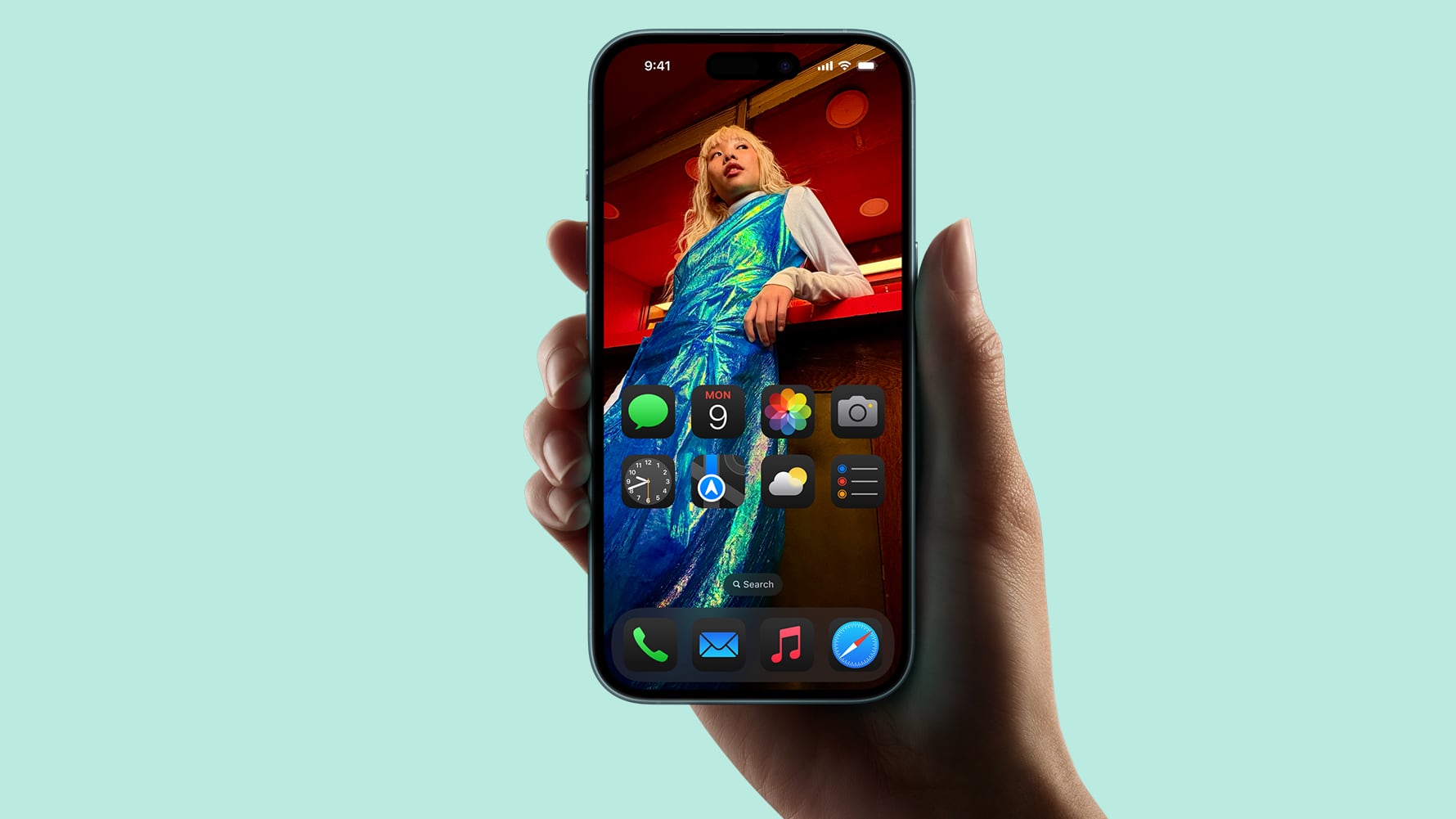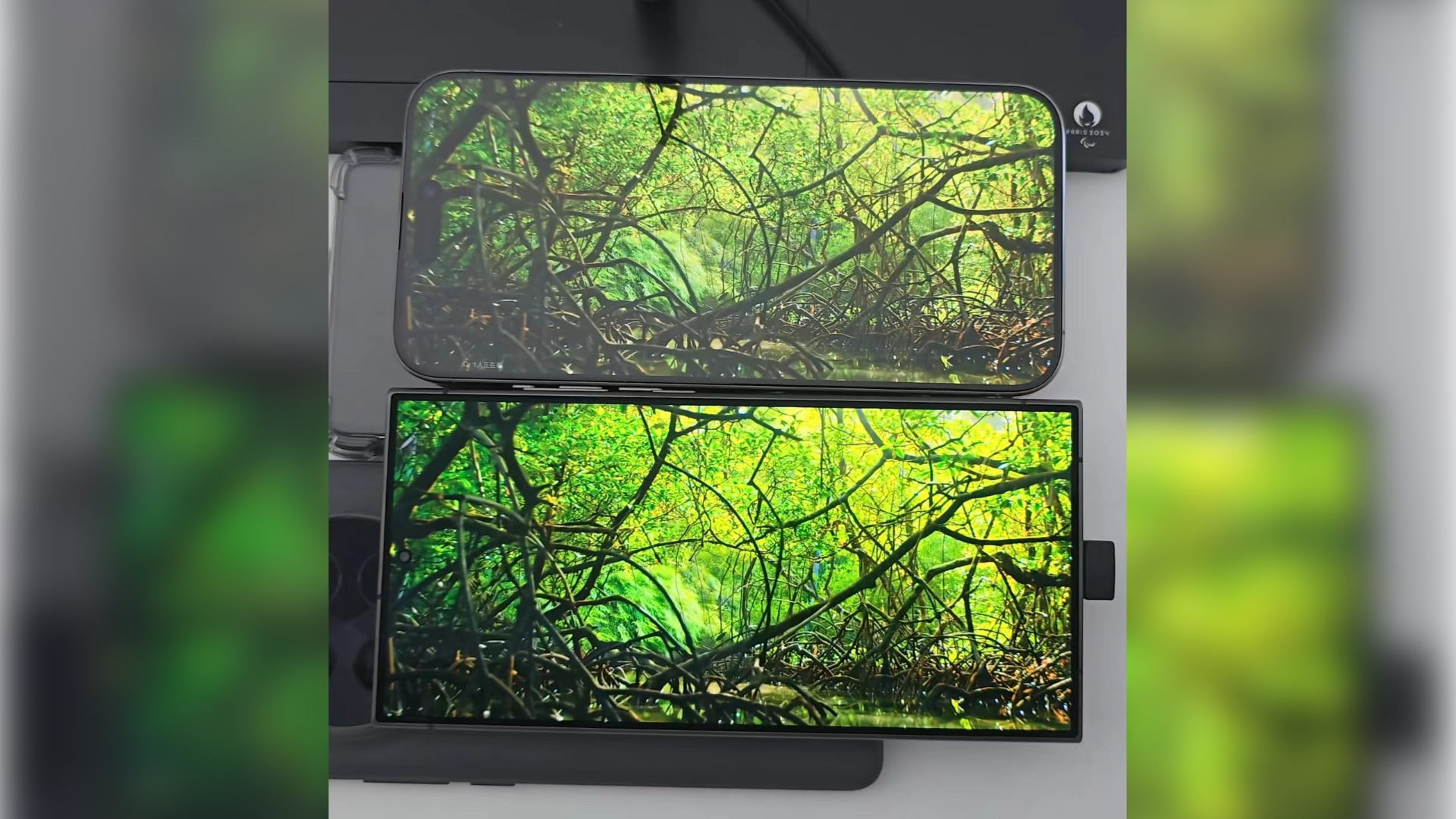
Apple may have canceled the super scratch resistant anti-reflective display coating that it planned to use for the iPhone 17 Pro models, according to a source with reliable information that spoke to MacRumors.

Last spring, Weibo leaker Instant Digital suggested Apple was working on a new anti-reflective display layer that was more scratch resistant than the Ceramic Shield. We haven't heard anything else about an upgraded display coating since then, and it's sounding like that's because it didn't work out.
Apple planned to use the anti-reflective coating for the higher-end iPhone 17 Pro and the iPhone 17 Pro Max models, which would have made them the first iPhones with an anti-reflective display. Apple ran into problems scaling up the display coating process, and it is currently no longer a planned feature for the iPhone 17 Pro models.
The process for adding the anti-reflective coating to the iPhone display was too slow when taking into account the millions of devices that Apple produces, so even though it was only planned for the Pro models, it still seems that it wasn't feasible this year.
Current iPhone models have a fingerprint-resistant oleophobic coating, but Apple hasn't focused heavily on anti-reflective technology. For the Mac and iPad Pro, Apple offers a nano-texture display that cuts down on glare, but that's not something that has been expanded to the iPhone. It's possible Apple pivoted to nano-texture or a simpler coating, but it's also possible it's just been scrapped entirely for now.
With the Galaxy S24 Ultra, Samsung debuted a Gorilla Glass Armor display panel, which cuts down on reflections by up to 75 percent. The technology improves contrast in bright lighting conditions and makes colors seem more true to life even in the sun or in rooms with bright lights.

Anti-reflection properties of Galaxy S24 Ultra (bottom) vs. iPhone 15 (Image: IceUniverse)
If the iPhone 17 models don't end up with the planned anti-reflective display properties, Apple could introduce the display improvement in a future iPhone as the manufacturing process improves.
Article Link: iPhone 17's Scratch Resistant Anti-Reflective Display Coating Canceled

